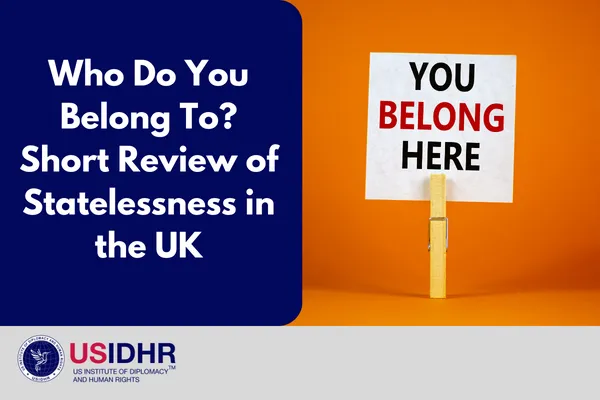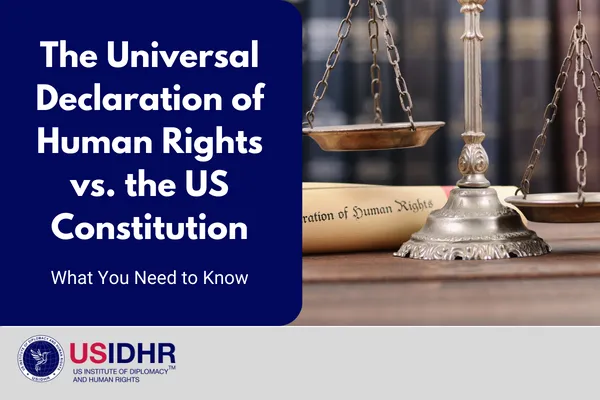
Understanding the Difference Between International Humanitarian Law and Human Rights Law in 2025
December 17, 2024
5 min read
Dr. Isabelle Vladoiu, International Human Rights Law Specialist
In early 2025, the world witnessed one of the largest prisoner of war (POW) exchanges in modern history: Russia and Ukraine each released 1,000 detainees in a coordinated humanitarian effort. The legal frameworks underpinning such an event—International Humanitarian Law (IHL) and International Human Rights Law (IHRL)—remain critical yet often misunderstood components of our global legal order. This confusion is not surprising, as both aim to protect human dignity and prevent abuses, but they do so in distinct and complementary ways.
As conflicts become more complex—with the rise of cyber warfare, AI-driven combat, and the expanded roles of non-state actors—the practical boundaries between these two bodies of law are increasingly tested. Understanding when and how each body of law applies is not only a legal necessity but a moral imperative for anyone working in diplomacy, advocacy, or humanitarian response. This article demystifies these frameworks and highlights why mastering both is essential for human rights defenders in 2025 and beyond.
The Legal Scope and Function of Human Rights Law
International Human Rights Law emerged after World War II as a framework to protect individuals against abuses of power, especially by their own governments. Enshrined in treaties like the International Covenant on Civil and Political Rights (ICCPR) and International Covenant on Economic, Social and Cultural Rights (ICESCR), human rights law applies at all times—both in peace and war.
According to the United Nations, International Human Rights Law (IHRL) is a comprehensive body of universal and internationally protected code to which all nations can subscribe, and all people aspire (United Nations n.d). The United Nations has defined a broad range of internationally accepted rights, including civil, cultural, economic, political, and social rights. It has also established mechanisms to promote and protect these rights and to assist states in carrying out their responsibilities. The HRL, therefore, is a very wide network of international legal acts aimed at protecting human rights, fundamental freedoms, and non-derogable rights*.
Today, there are nine core international human rights treaties, each monitored by a treaty body (OHCHR n.d.). These treaties cover areas ranging from racial discrimination and torture to the rights of women, children, migrants, and persons with disabilities. Together, they form a comprehensive system designed to ensure dignity, equality, and justice for all individuals.
However, the application of IHRL in today’s world presents new challenges. In the age of digital surveillance, algorithmic bias, and shrinking civic space, states are increasingly finding new ways to limit rights while appearing to operate within legal bounds. These dynamics underscore the ongoing importance of robust human rights education and advocacy.
Humanitarian Law in Armed Conflict: A Distinct and Necessary Framework
International Humanitarian Law, by contrast, is specifically designed to regulate conduct during armed conflict. Often called the law of war or law of armed conflict, IHL protects persons who are not—or are no longer—participating in hostilities, such as civilians, medical personnel, and prisoners of war (ICRC 2004). It also restricts the means and methods of warfare to minimize unnecessary suffering.
International Humanitarian Law (IHL) is not included in the list of the nine core human rights instruments because it constitutes a distinct legal framework, developed outside the United Nations human rights treaty system. While both IHL and International Human Rights Law (IHRL) aim to protect human dignity, IHL applies specifically in situations of armed conflict and is governed by its own instruments, primarily the four Geneva Conventions of 1949 and their Additional Protocols. According to the International Committee of the Red Cross (ICRC), IHL is a set of rules that, for humanitarian reasons, seek to limit the effects of armed conflict. It protects persons who are not—or are no longer— participating in the hostilities and restricts the means and methods of warfare. For this reason, IHL is often referred to as the law of war or the law of armed conflict. (ICRC 2003)
In practical terms, IHL enables legal protections and humanitarian interventions in places where traditional human rights law may falter. For instance, during active hostilities, states may derogate from certain human rights obligations—but IHL continues to operate. In this sense, IHL is not a substitute for IHRL but a specialized tool that functions when human rights protections are most fragile.
Complementarity and Conflict: Bridging the Legal Divide
While IHRL and IHL are separate bodies of law, they are not mutually exclusive [5]. In fact, both may apply simultaneously in situations of armed conflict. A striking example is the regulation of detention: while IHL governs the treatment of prisoners of war, IHRL sets standards for due process and humane treatment. In cases like Guantánamo Bay or the ongoing war in Gaza, legal debates often hinge on the interplay between these two frameworks (Melzer 2005) .
For instance, during the 2023–2024 Gaza conflict, the Israeli military operations and Hamas attacks raised critical questions about proportionality and civilian protection under IHL, while human rights groups cited violations of IHRL concerning the right to life, freedom from torture, and access to humanitarian aid. The UN Independent International Commission of Inquiry launched a probe into both sides’ conduct, emphasizing the dual application of IHL and IHRL in densely populated conflict zones (UNHRC 2024).
Yet tension arises because the mechanisms of enforcement and monitoring differ. IHRL relies on treaty bodies, special rapporteurs, and regional courts, whereas IHL depends heavily on state compliance, customary law, and the monitoring efforts of the International Committee of the Red Cross (ICRC) (Henckaerts and Doswald-Beck 2005). The International Criminal Court (ICC) sometimes serves as a bridge, prosecuting war crimes that violate both IHL and human rights norms (Schabas 2017).
In recent years, the need for more interoperability between these frameworks has become evident. For example, autonomous weapons raise legal and ethical questions (UNIDIR 2017) that straddle both fields: Who is responsible for a drone strike gone wrong? Should we evaluate such acts under humanitarian law, human rights law, or both?
While IHRL generally applies at all times, Article 4 of the International Covenant on Civil and Political Rights (ICCPR) allows states to derogate from certain rights during public emergencies. For example, in 2022, Ukraine invoked derogations under Article 4 to suspend select procedural rights during martial law, citing the ongoing armed conflict. However, non-derogable rights—such as the right to life and the prohibition of torture—remain protected even during emergencies (United Nations 1966; OHCHR 2022).
Limitations and the Way Forward
Both IHRL and IHL face enforcement challenges. States selectively comply with treaties, and powerful nations often shield themselves from accountability through political influence. The UN Security Council, meant to uphold international peace, has been routinely paralyzed by veto politics, while human rights mechanisms lack binding authority. These gaps create a vacuum where violations persist unchecked.
Moreover, IHL is slow to adapt to emerging warfare technologies like neuro-weapons, AI-generated cyberattacks, and biometric surveillance, which blur the line between peace and conflict (Scharre 2018). Likewise, IHRL struggles to remain relevant in authoritarian environments where rights are suppressed under the guise of security.
For this reason, understanding the distinct purposes and limitations of each legal framework is vital. They are not interchangeable but interdependent. Together, they provide a comprehensive system that, when effectively implemented, can protect human dignity even in the darkest of circumstances.
Conclusion
In a world where armed conflicts, authoritarianism, and digital warfare are converging, knowing the difference between International Humanitarian Law and Human Rights Law is more important than ever.
IHL applies during armed conflict, regulating the conduct of war and protecting civilians, prisoners, and the wounded. IHRL, on the other hand, is a continuous framework that holds states accountable both in peace and in war.
Together, these two bodies of law serve as a dual shield for the protection of life, dignity, and justice. But their effectiveness depends on how well we understand them, apply them, and teach them.
At the US Institute of Diplomacy and Human Rights, our Human Rights Education Certificate Training equips advocates, professionals, and aspiring diplomats with the legal literacy needed to operate in both humanitarian and human rights contexts. Whether you're responding to crises on the ground or influencing policy at the international level, this training provides the essential knowledge and tools to lead with impact.
Reference list:
De Schutter, Olivier. International Human Rights Law: Cases, Materials, Commentary. 3rd ed. Cambridge: Cambridge University Press, 2019.
Henckaerts, Jean-Marie, and Louise Doswald-Beck. Customary International Humanitarian Law. Cambridge: Cambridge University Press, 2005.
International Committee of the Red Cross (ICRC). 2003. International Humanitarian Law and International Human Rights Law: Similarities and Differences. https://www.icrc.org/en/doc/assets/files/other/ihl_and_ihrl.pdf.
International Committee of the Red Cross (ICRC). 2004. What Is International Humanitarian Law? https://www.icrc.org/sites/default/files/external/doc/en/assets/files/other/what_is_ihl.pdf.
Melzer, Nils. 2005. “Human Rights Implications of the War on Terror.” European Journal of International Law 14 (3): 537–578.
Office of the High Commissioner for Human Rights (OHCHR). n.d. “Core International Human Rights Instruments.” https://www.ohchr.org/en/core-international-human-rights-instruments-and-their-monitoring-bodies.
Office of the High Commissioner for Human Rights (OHCHR). 2022. “Note Verbale Dated 4 May 2022 from the Permanent Mission of Ukraine to the United Nations.” https://www.ohchr.org/sites/default/files/documents/hrbodies/ccpr/Derogations/Ukraine-note-verbale-04May2022.pdf.
Scharre, Paul. 2018. Army of None: Autonomous Weapons and the Future of War. New York: W. W. Norton.
Schabas, William A. 2017. An Introduction to the International Criminal Court. 5th ed. Cambridge: Cambridge University Press.
United Nations. 1966. International Covenant on Civil and Political Rights. https://www.ohchr.org/en/instruments-mechanisms/instruments/international-covenant-civil-and-political-rights.
United Nations. n.d. “Human Rights.” https://www.un.org/en/global-issues/human-rights.
United Nations Human Rights Council (UNHRC). 2024. Report of the Independent International Commission of Inquiry on the Occupied Palestinian Territory, including East Jerusalem, and Israel. A/HRC/55/CRP.1. https://www.ohchr.org/en/hr-bodies/hrc/co-israel/index.
United Nations Institute for Disarmament Research (UNIDIR). 2017. The Weaponization of Increasingly Autonomous Technologies: Considering Ethics and Social Values. https://unidir.org/publication/weaponization-increasingly-autonomous-technologies.
Join One of Our Certificate Trainings:
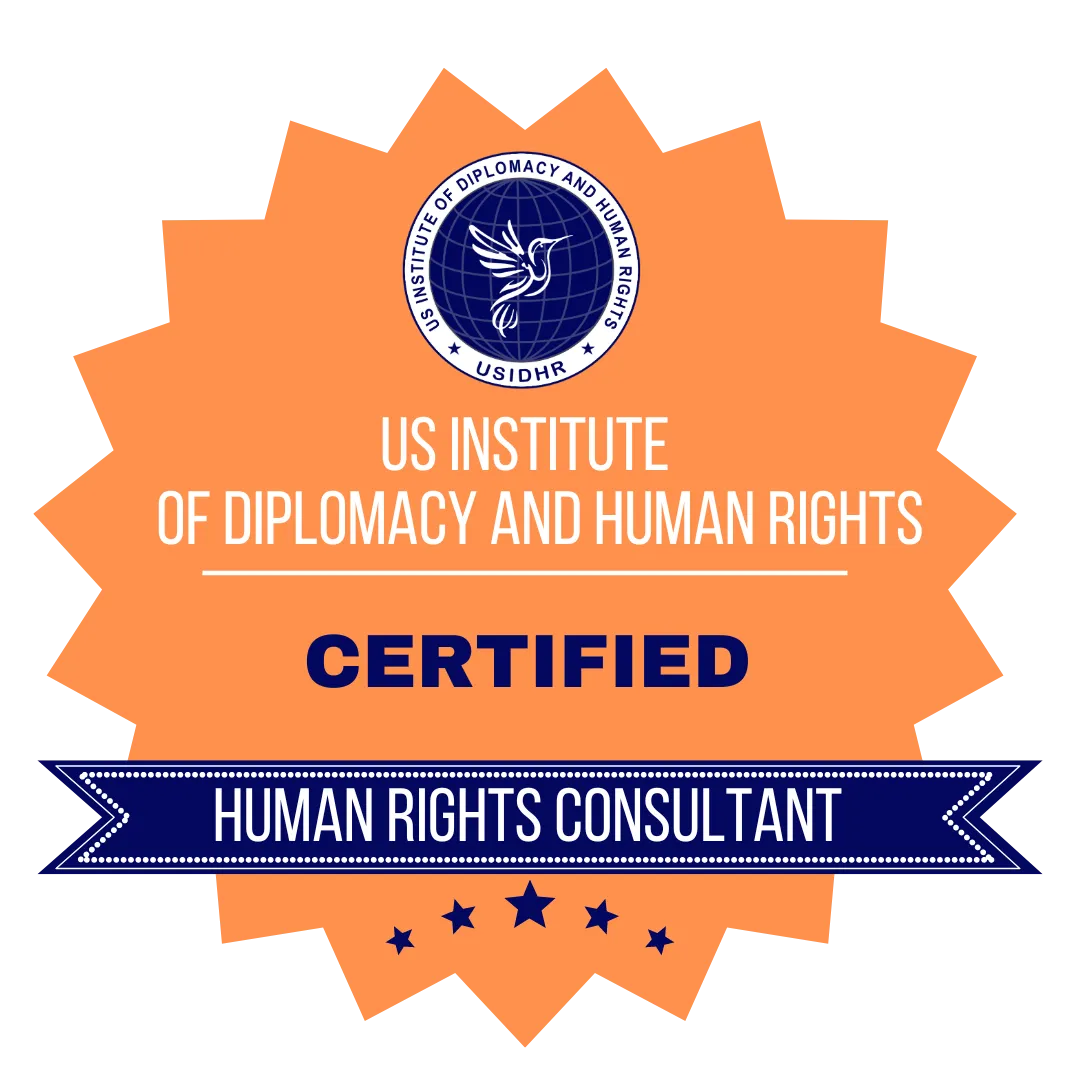
Human Rights Education Certification Training
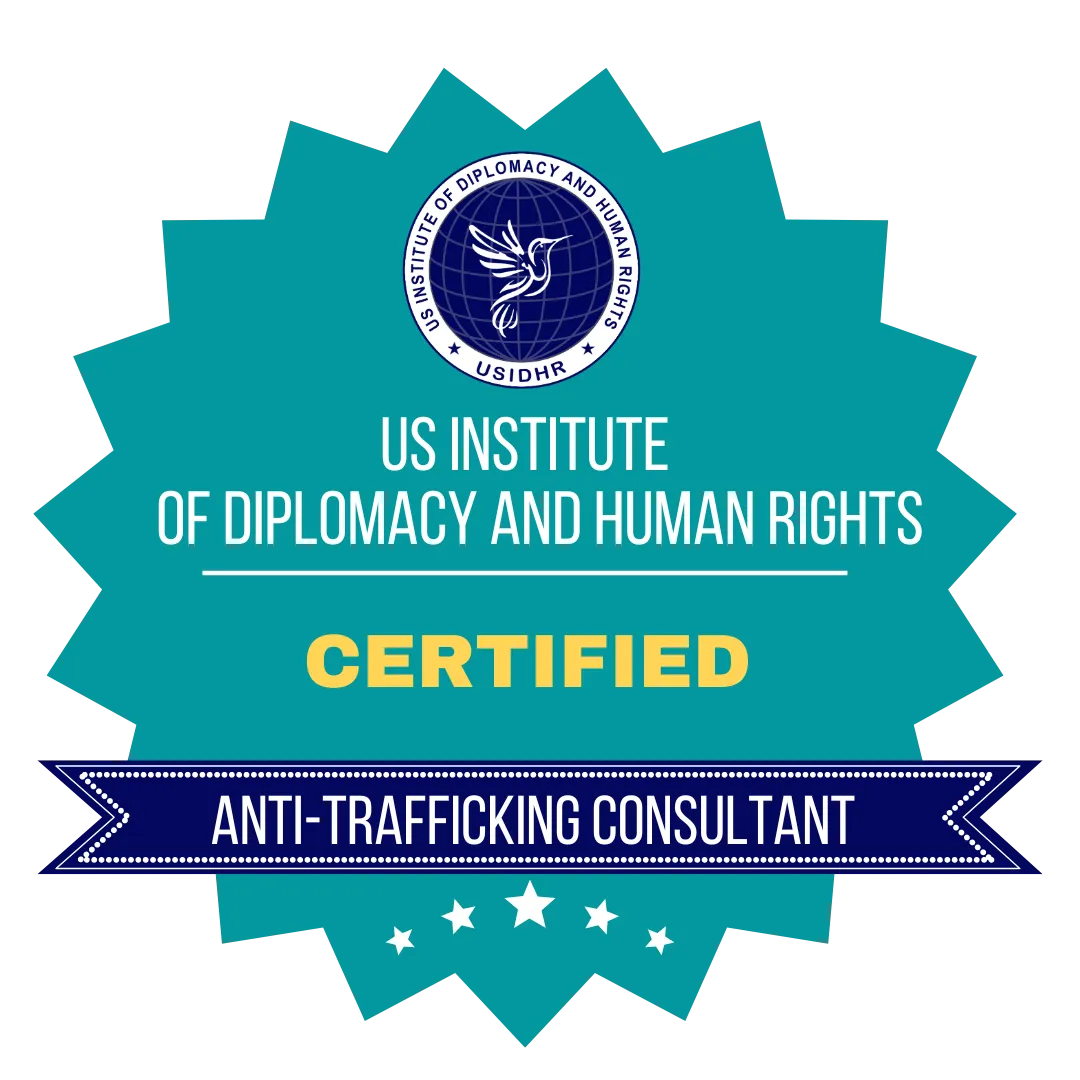
Human Trafficking Certification
Training

International Business and Diplomatic Protocol Certification

Capacitación En Derechos Humanos
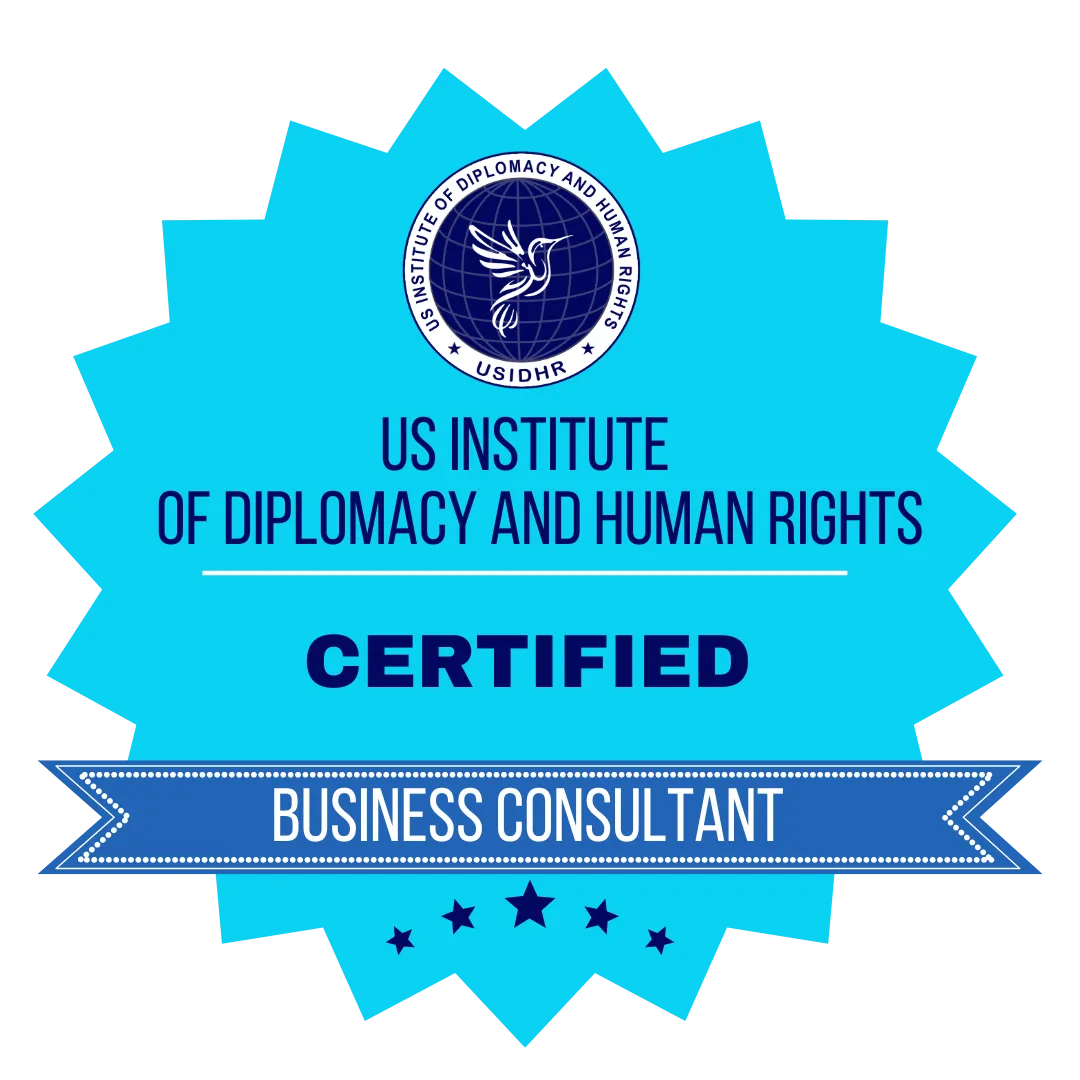
Business Consulting Certification Training
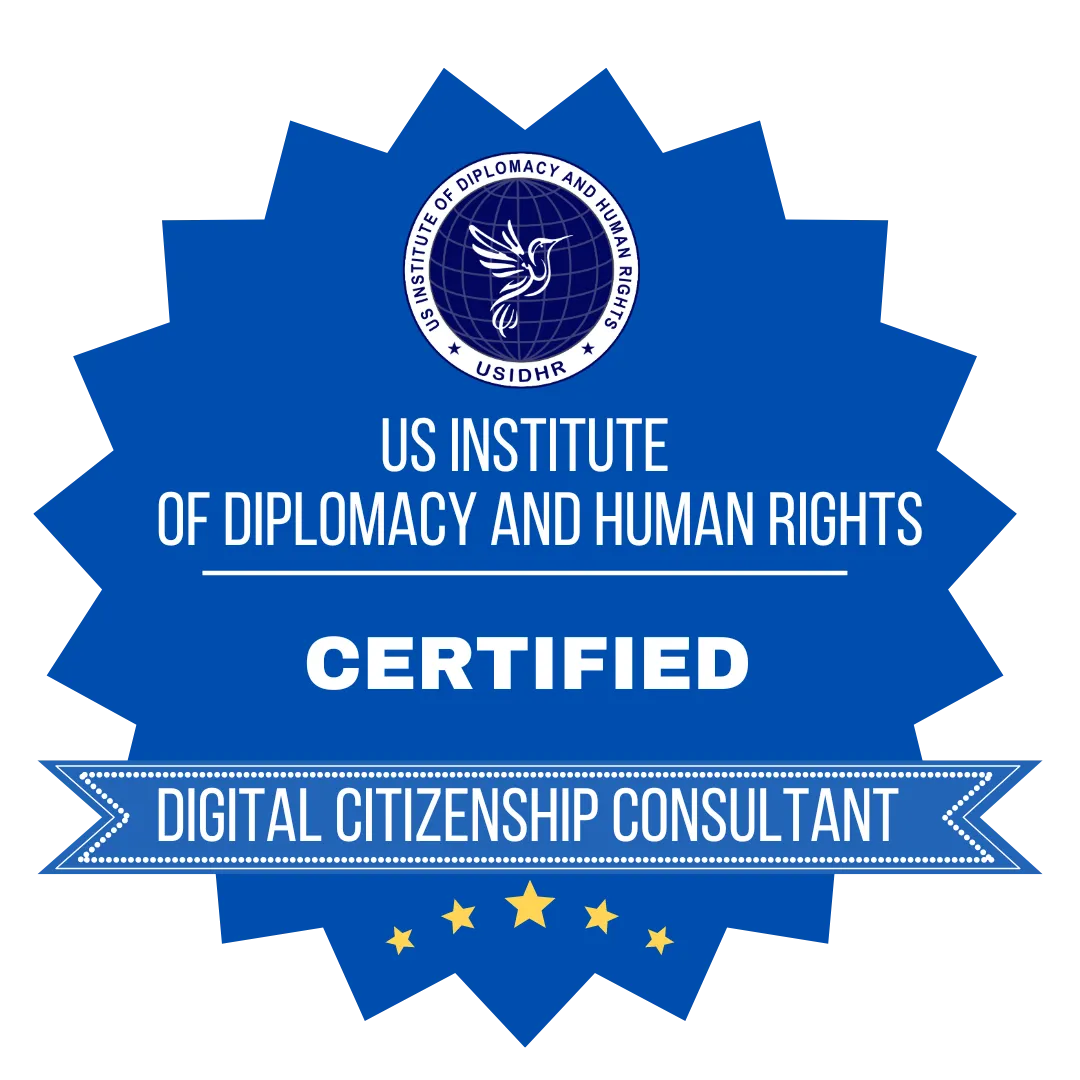
Digital Citizenship Certification
Training

The US Institute of Diplomacy and Human Rights (USIDHR) is an International Continuing Professional Development (CPD) Accredited Organization. Accredited CPD training means the learning activity has reached the required Continuing Professional Development standards and benchmarks. The learning value has been scrutinized to ensure integrity and quality. The CPD Certification Service provides recognized independent CPD accreditation compatible with global CPD requirements
US Institute Of Diplomacy And Human Rights
1250 Connecticut Ave NW Ste 700, Washington, DC 20036



